Zerrin Erdinc, deputy head of the excavation team, said; The location and nature of tomb that we call heroon, makes us to believe that it belongs to Azan, the founder of the city.
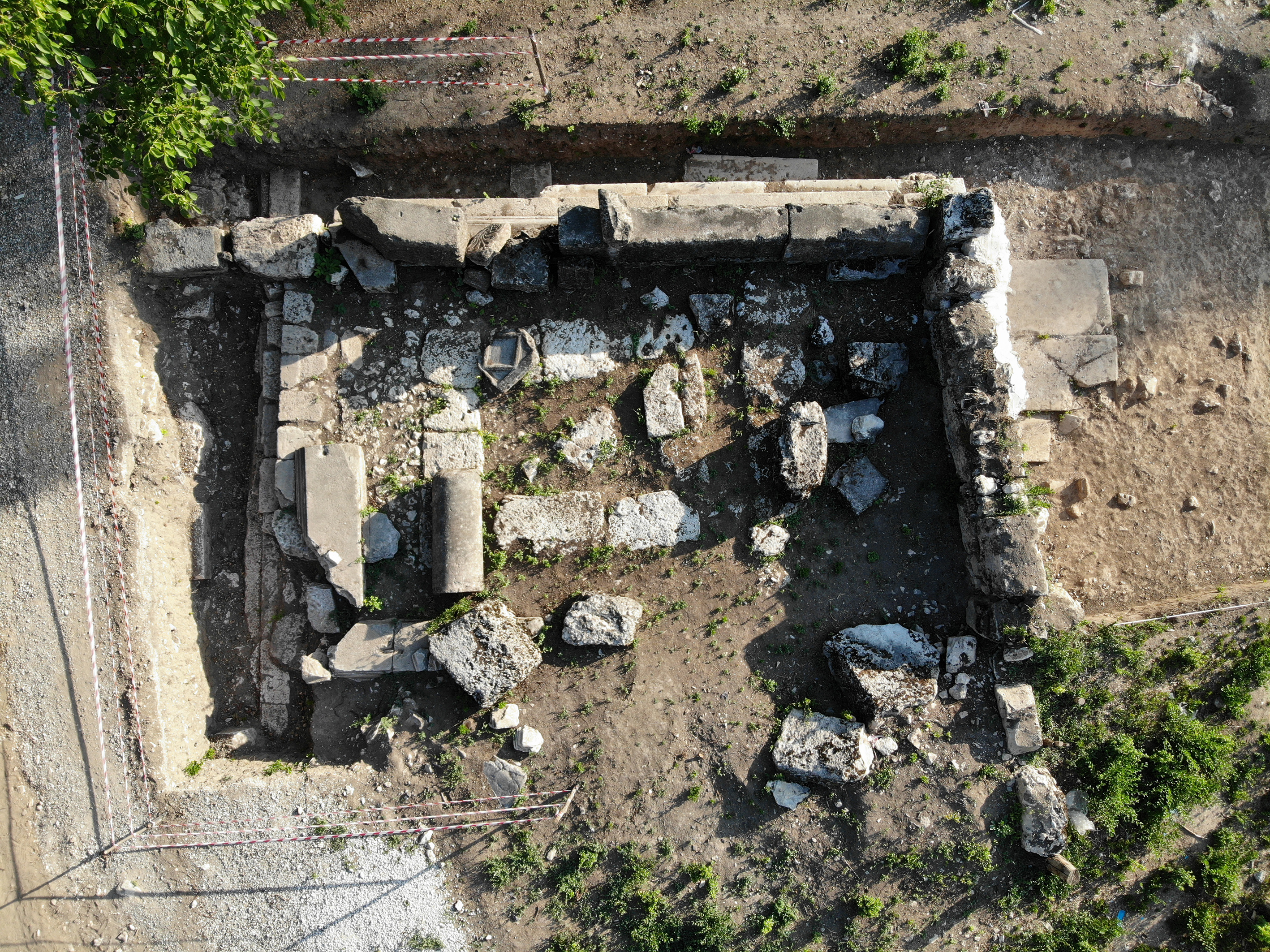
Archaeologists have unearthed remains of the memorial tomb of Azan, founder of the ancient city of Aizanoi in western Turkey.
Located in the western province of Kutahya’s Cavdarhisar district, the Aizanoi ancient city is believed to have taken its name from Azan.
Zerrin Erdinc, deputy head of the excavation team, told Anadolu Agency that the excavations being conducted in the region since 2011 have unearthed many historical links.
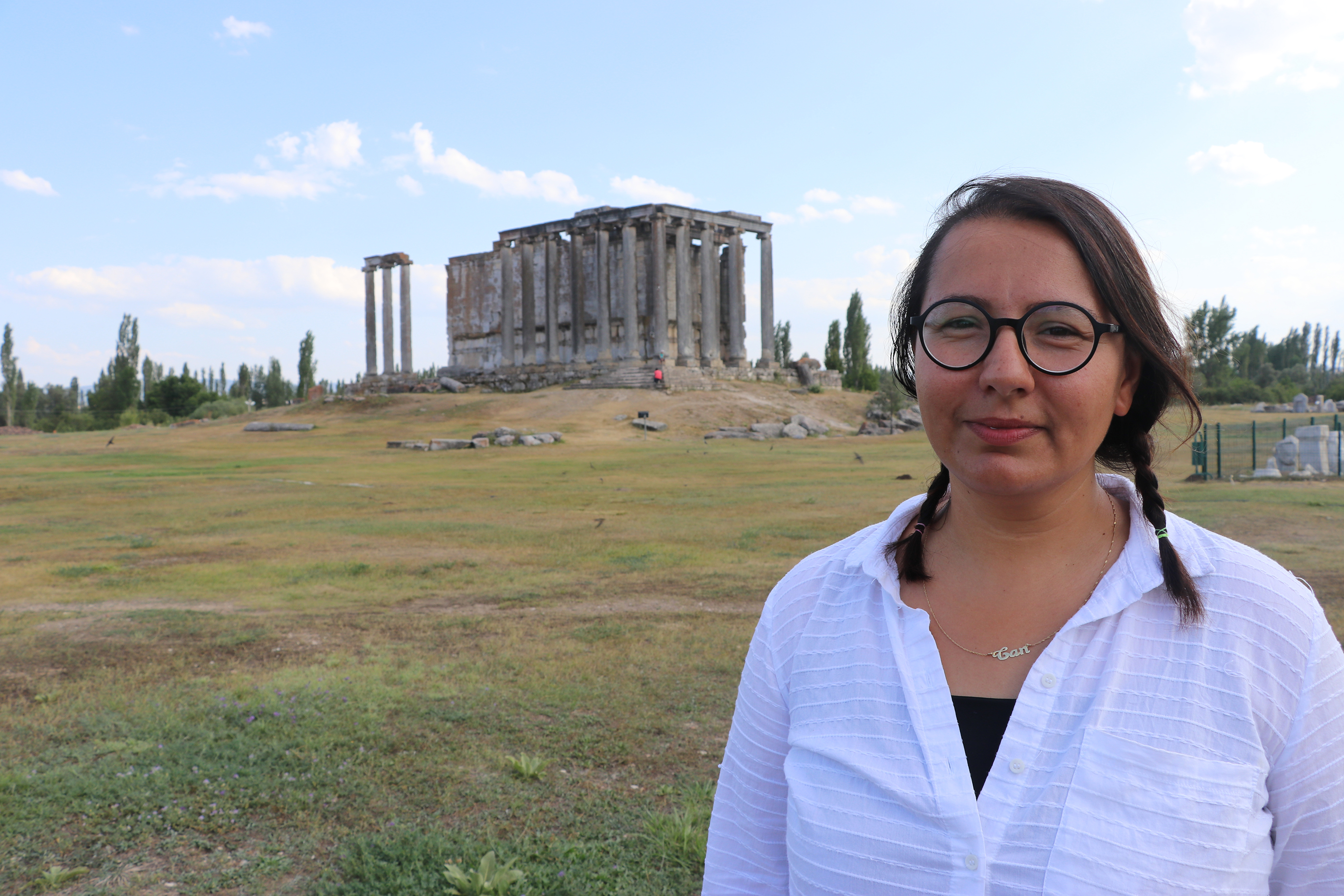
Archaeologists maintain that the area added to the UNESCO World Heritage Tentative List in 2012, has revealed settlements dating as far back as 3000 B.C.
“During our previous researches, we predicted that there could be a tomb here. We were carrying excavations around agoras or ancient city centers. We have found traces of a monumental tomb,” said Erdinc.
She said the excavations were expanded when steps and blocks usually kept around tombs were found. Mostly tomb of the founder of the city is placed in agoras.
“The location and nature of tomb that we call heroon, makes us to believe that it belongs to Azan, the founder of the city,” she said. A heroon is a tomb or a temple in an agora, surrounded by galleries.
Erdinc, who is also an academic at Dumlupinar University in Kutahya, said that excavators have also discovered a route from Aizanoi’s agora or city center leading to the Temple of Zeus.
“After passing through the agora, there is a route that leads to the Temple of Zeus through a colossal gate,” she said.
The Temple of Zeus was the first of the magnificent structures built in Aizanoi’s city center on the west bank of the Penkalas river (now known as Kocacay).
Erdinc said that excavations in the agora started for the first time this year led to the discovery of important ancient historical links.
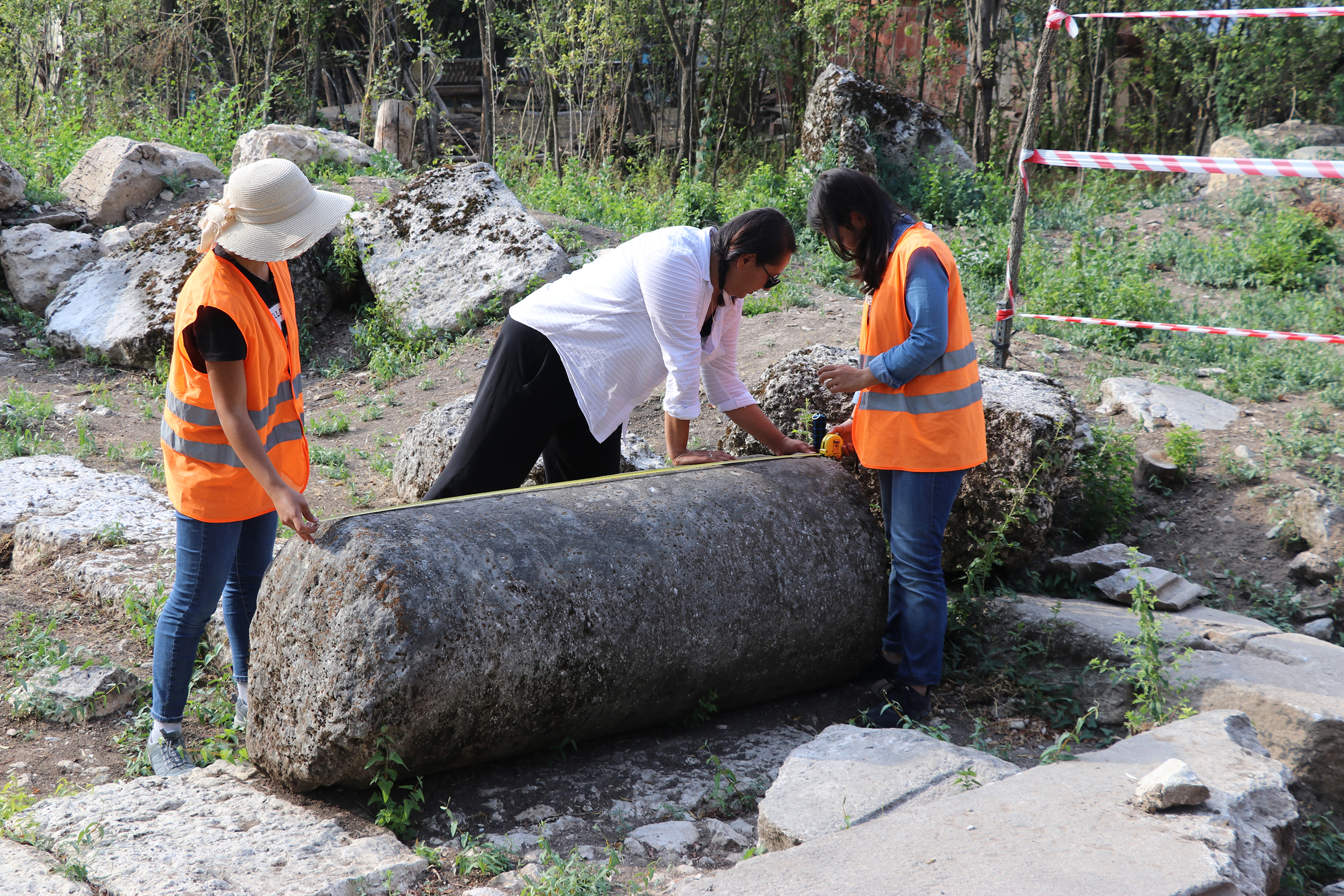
She said the area will attract more tourists once excavations are complete.
Located some 57 kilometers (35.4 miles) away from Kutayha’s center, the city of Aizanoi had attained place of a religious center under Roman Empire in 133 B.C.
But, lost its importance during the early Byzantine period.
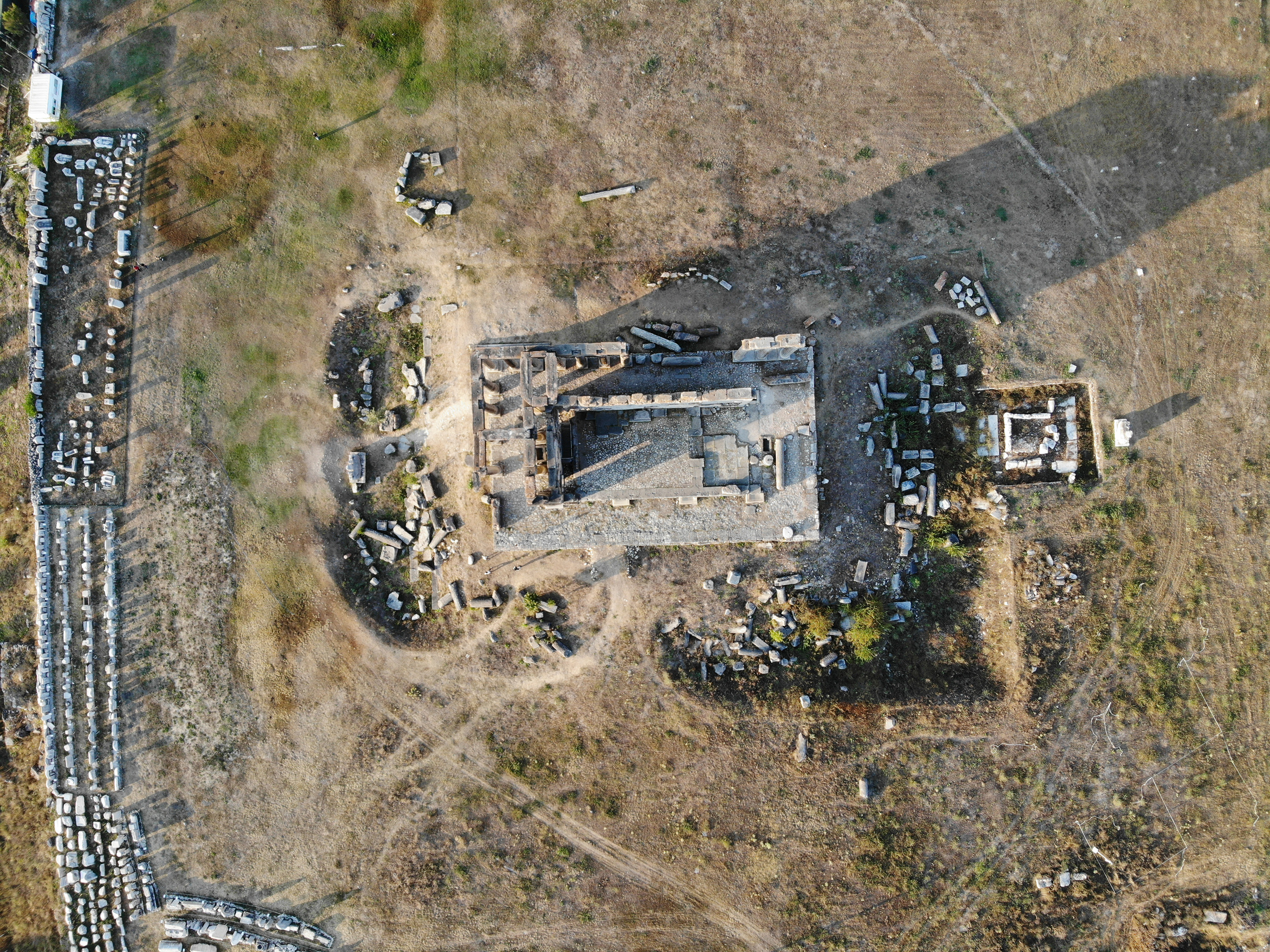
The flat area around the Temple of Zeus was transformed into a fortress in the medieval period and was used as a base by the Cavdar Tatars in the 13th century. It was discovered by European travelers in 1824.
Excavations carried out by the German Archaeological Institute from 1970-2011, excavated various ancient structures, including the Temple of Zeus, 20,000-people capacity theater, 13,500-people capacity stadium and two baths.
*Sena Guler in Ankara contributed to this story
News and Photos: Anadolu Agency

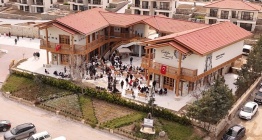
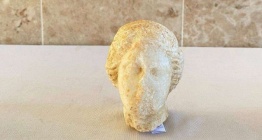

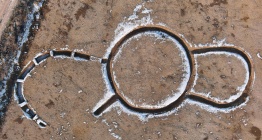


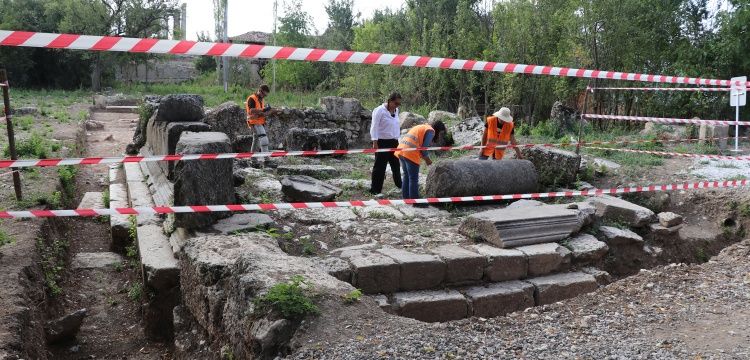
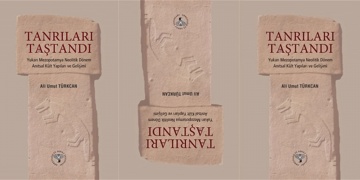 Tanrıları Taştandı
Tanrıları Taştandı 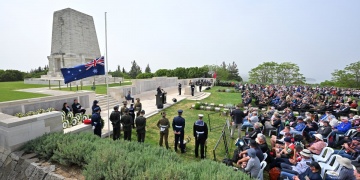 Avustralyalılar Anzak Günü'nde Lone Pine Anıtı'nda anma töreni düzenlendi
Avustralyalılar Anzak Günü'nde Lone Pine Anıtı'nda anma töreni düzenlendi 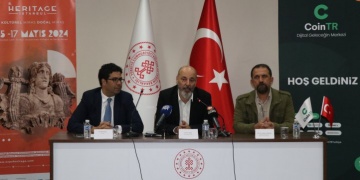 Heritage İstanbul Fuarına gelen ziyaretçilere Aizanoi NFT'leri hediye edilecek
Heritage İstanbul Fuarına gelen ziyaretçilere Aizanoi NFT'leri hediye edilecek 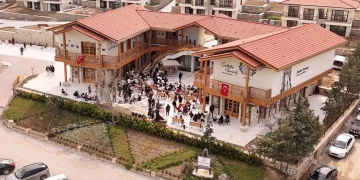 BAKSEV Ulusal Egemenlik Bayramına bir Etnografya, bir Çocuk Oyuncakları Müzesi armağan etti
BAKSEV Ulusal Egemenlik Bayramına bir Etnografya, bir Çocuk Oyuncakları Müzesi armağan etti 




